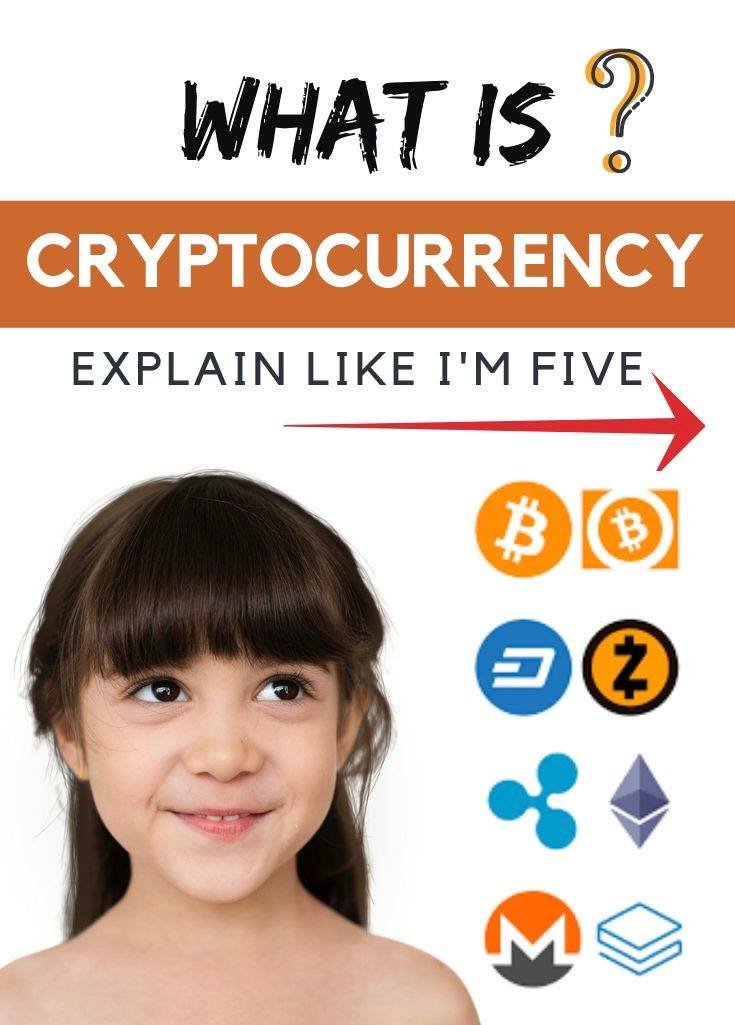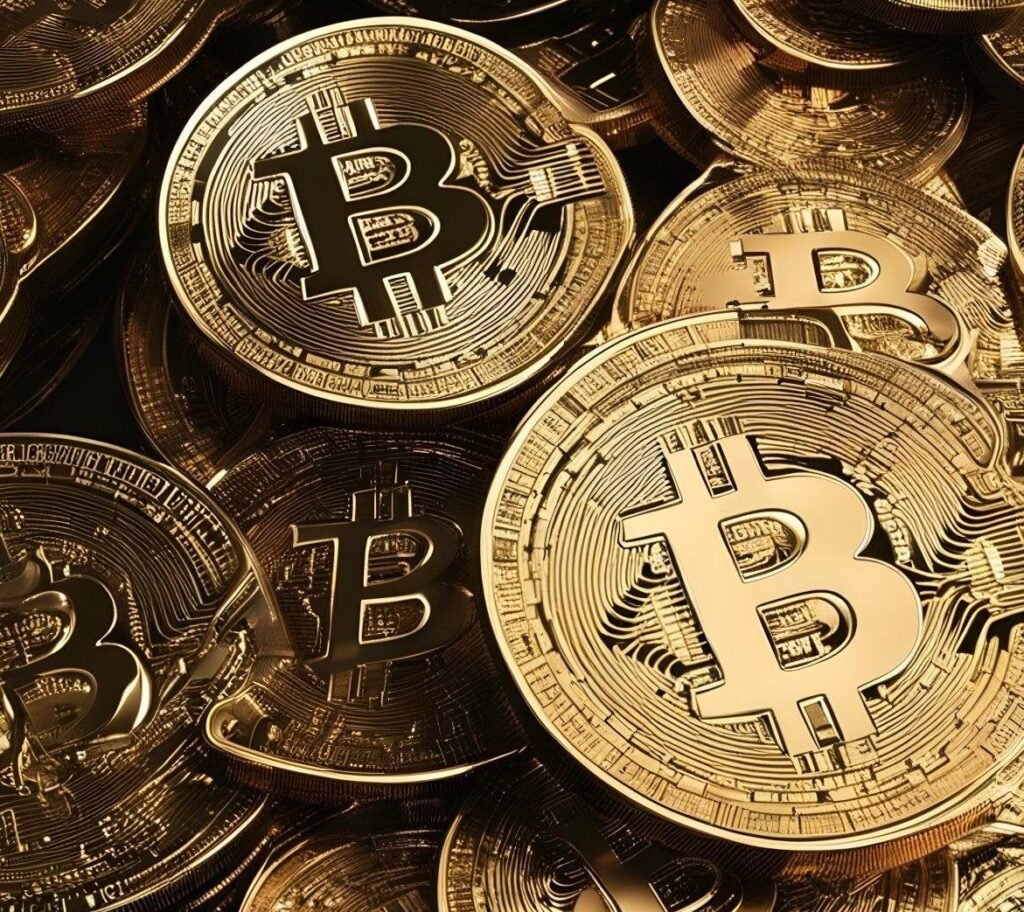Cryptocurrency mining is a thrilling and lucrative hobby, but getting into the right mining pool is key to making the most of your earnings. For those new to swimming pools, the sheer variety of possibilities can be intimidating. Learn all the ins and outs of choosing a mining pool, what to look for, and how to maximize your mining efficiency in this comprehensive guide. This guide will help you find the best eth mining pool, the best verge mining pool or top-tier pool for mining Verge.
What is a Mining Pool?
An association of miners that pool their computing power to mine cryptocurrencies such as Litecoin, Ethereum, and Bitcoin is known as a mining pool. Miners can divide the rewards according to their contributions and solve complicated mathematical problems more quickly by pooling their resources. Because they enable participation by individuals without the need for industrial-grade equipment, pools are essential to the mining ecosystem.
Why Choosing the Right Mining Pool Matters
Your operating efficiency, mining experience, and revenue are all affected by the mining pool you choose. Reasons why picking the correct pool is crucial:
- Profitability: The cost structures and methods of award distribution can differ across pools.
- Consistency: Payouts are more consistent and downtime is minimized with a dependable pool..
- Transparency: Clear statistics and dashboards that are easy to use are provided by a decent pool.
If you choose the wrong pool, you could lose money, have your payouts be delayed, or even be scammed.
Factors to Consider When Choosing the Best Mining Pool
1. Pool Size
Since they solve blocks more often, large pools tend to have more regular payouts. Smaller pools, on the other hand, may offer bigger benefits per block to members who contribute, though this happens less often.
2. Reward Distribution Models
In order to distribute profits, mining pools use a variety of techniques. These are the most typical:
- Pay-Per-Share (PPS): No matter if the pool finds a block or not, you will always get paid the same amount for each good share.
- Proportional: Once a block is located, rewards are dispersed according to your contribution.
- Pay-Per-Last-N-Shares (PPLNS): Shares provided throughout the last ‘N’ rounds determine rewards.
Pick a plan that fits your mining goals and how much risk you are willing to take.
3. Pool Fees
The fees that most pools charge are usually between 0% and 3% of your earnings. Even though lower fees might seem appealing, you should think about whether the pool provides solid service and regular payouts to make the costs worth it.
4. Minimum Payout Threshold
To avoid having to wait a long time to get your benefits, make sure you check the pool’s minimum payment level. Casual miners typically choose lower thresholds.
5. Supported Coins
Before you join a pool, make sure it can mine the cryptocurrency you want to use. While some pools prioritize Bitcoin and other prominent cryptocurrencies, others give more attention to alternative cryptocurrencies like Monero or Ravencoin.
6. Server Locations
Latency and efficiency are affected by how close you are to the pool’s servers geographically. Pick a pool with computers that are closer to you to cut down on latency and boost performance.
7. Security and Reputation
Find out about the pool’s safety and renown. Things to look for are:
- SSL Encryption for secure communication.
- Two-factor authentication (2FA) for account protection.
8. Transparency
A reliable mining pool gives you a lot of information about your wages, hash rates, and other things. Dashboards that are easy to use make it easy to keep an eye on transparent pools. This key when finding the best place to mine Ethereum
Best Mining Pool Selection for Beginners
For beginners, the best pools are those that are simple to use, have a good name, and don’t charge too much. Here are some choices that are good for beginners:
- Slush Pool: A longstanding and reputable pool featuring a user-friendly dashboard.
- F2Pool: Provides a smartphone app for real-time tracking and supports a wide range of coinage.
- Ethermine: It’s perfect for Ethereum miners because it pays out regularly and has low fees.
How to Get Started with a Mining Pool
1. Set Up Your Mining Hardware
Make sure that the cryptocurrency you want to mine can be used with the tools you have. If you want to mine Bitcoin, ASICs are the best. For Ethereum (Click Here) and other cryptocurrencies, GPUs work best.
2. Choose a Mining Pool
Pick a pool based on the things we talked about above, like fees, payout ways, and reputation.
3. Download Mining Software
Put in software that works with your gear and the pool you picked. Some popular choices are NiceHash, CGMiner, and BFGMiner.
4. Configure Your Settings
Fill up the mining software with the details of your pool, including its server address, port, and worker credentials.
5. Monitor Your Progress
Make sure to keep an eye on your pool’s dashboard to see how your earnings and hash rate are doing.
Common Mistakes to Avoid When Choosing a Mining Pool
- Ignoring Fees: Make sure there aren’t any secret costs that could keep you from making money.
- Overlooking Pool Size: Infrequent rewards could be the consequence of a pool that is too small.
- Lack of Research: Stay away from pools that haven’t been reliable in the past or have bad reviews.
How Mining Pools Impact the Blockchain
Mining pools improve network stability by combining hash power. However, excessive centralization in large pools might jeopardize decentralization, making pool selection important not only for miners but for the entire bitcoin ecosystem.
Frequently Asked Questions
Beginners should opt for pools like Slush Pool or Ethermine, which offer user-friendly interfaces and reliable payouts.
Pool fees reduce your overall earnings but often cover operational costs like servers and maintenance. Choose a pool with fees that match its services.
Yes, you can switch pools by reconfiguring your mining software settings.
If a pool shuts down, your mining will pause until you switch to another pool. Always withdraw your earnings regularly.
Yes, some pools are fraudulent. Always research and verify the pool’s legitimacy before joining.
Check the pool’s website for a list of supported coins.
Conclusion
Picking the best mining pool is an important part of getting the most out of your coin mining. By thinking about things like fees, payout plans, and openness, you can make the most money possible while avoiding problems. Don’t rush into choosing a pool; instead, take the time to learn about them and pick one that fits your needs. If you make the right choice, mining can be a fun and successful business.















